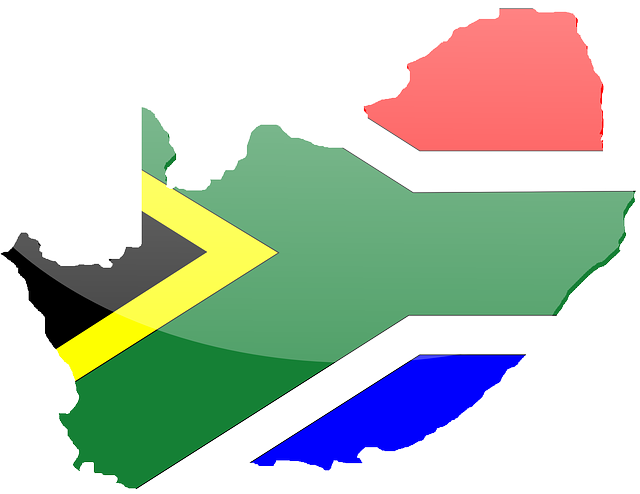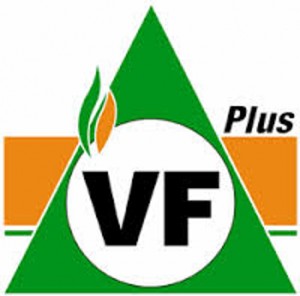In less than two weeks, the campaign successfully reached the targeted population of Kinshasa, most of them (7.3 million people) using an emergency vaccine – one fifth of the full dose of yellow fever vaccine. This dose sparing strategy was recommended by the WHO Strategic Advisory Group of Experts on Immunization (SAGE) as a short-term emergency measure to reach as many people as possible given limited supplies of the vaccine.
“WHO commends the Government of the DRC for this significant achievement to roll out such a complex campaign in such a short period of time,” said Dr Yokouide Allarangar, WHO Representative in the DRC.
Planning a mass vaccination campaign on this scale usually takes up to 6 months. This complex and ambitious emergency campaign was put in place in a matter of weeks to end transmission of yellow fever before the rainy season starts in September.
The dose sparing strategy required the purchase and shipment of 10 million specialized syringes as well as specific training of more than 40 000 vaccinators to use this new method.
The Ministry of Public Health, WHO and more than 50 global partners, worked closely together through the complex planning and logistics needed to roll out the campaign in more than 8000 locations across the country – both in dense, urban areas and in hard-to-reach, remote border regions.
WHO played a key role in ensuring technical soundness and feasibility of the strategy, the availability of millions of vaccine doses, syringes and other materials, as well as maintaining the cold chain to ensure vaccines are stored and transported in the right conditions. Together with national health authorities, WHO led the coordination efforts during the planning and implementation phases of the campaign, trained health workers and engaged with communities and leaders in disseminating information about the campaigns.
UNICEF helped to ensure that vaccines and injection devices were in place and led social mobilizers on the ground to engage with communities and encourage people to get vaccinated. World Food Programme (WFP) was a key logistics partner in providing temporary safe storage of the huge volumes of waste generated by this campaign that will be sent for incineration in mid-September.
Médecins sans Frontières (MSF) mobilized 200 staff from 20 countries to manage the vaccination of over 710 000 people in three health zones in Kinshasa in collaboration with Ministry of Health staff, including training of the vaccination teams, supervision, logistic support, waste and cold chain management.
The Red Cross of the Democratic Republic of Congo, supported by the International Federation of Red Cross and Red Crescent Societies, mobilized thousands of volunteers across affected areas to promote and support the campaign and share yellow fever prevention and protection information.
Save the Children deployed a team of specialists from their Emergency Health Unit to provide technical and operational support to the Ministry of Public Health in Binza Ozone health zone. The team, with help from national staff, assisted the Ministry to vaccinate more than 360 000 people, more than half of them children.
The US Centers for Disease Control (CDC) has supported the international response and vaccination campaigns, deploying more than 45 experts to support these efforts since February 2016, in roles including: Incident Manager in Angola, Response Team Leads, Emergency Management Specialist, Laboratory experts, Public Health Advisors, Vaccine Specialists, Communications Specialists and Epidemiologists. CDC is also working with the Institut National de Recherche Biomédicale (INRB) in DRC to support the dose sparing approach used in the Kinshasa campaign, including facilitating an evaluation of the immune response it provides. This study, funded by USAID, will help provide more information and inform decisions on future use of this method for yellow fever vaccination.
Through its US$ 20.3 million contribution to the global yellow fever vaccine stockpile, Gavi, the Vaccine Alliance, has supported the majority of vaccine doses used in DRC and Angola outbreak response. Overall Gavi has contributed 16.5 million vaccine doses to the stockpile this year. Additionally, the Vaccine Alliance is providing US$ 8.7 million to support the operational costs of the campaign in DRC.
The World Bank provided US$ 3 million to co-finance the yellow fever vaccines as well as other services needed as part of the overall plan prepared by the Government. The World Bank also has contributed US $5 million to the Government of Angola to finance the yellow fever vaccination programme in the country.
On 16 August, the Government of DRC launched the vaccination campaign in Kinshasa with the goal to vaccinate 7.5 million people within 2 weeks in order to interrupt viral circulation and prevent the outbreak from escalating.. From the first day and throughout the campaign, thousands of people have been turning up to get vaccinated at posts across the huge city. By 28 August, the Government reported that 7.7 million people had been vaccinated in the capital city, and a further 1.5 million people in DRC’s border regions with Angola. Of the 7.7 million people vaccinated in Kinshasa, around 400 000 pregnant women and babies received the full dose under SAGE recommendations.
Over the next few weeks, vaccination teams will focus on completing the campaign in remote border regions and reaching people at risk who may have missed out on vaccination the first time around. In Angola, vaccination campaigns are ongoing, with an estimated 3 million people vaccinated since mid-August.
This latest campaign that aims at prevention builds on previous emergency yellow fever reactive vaccination campaigns that have already reached more than 13 million people in Angola and more than 3 million in DRC since the beginning of the outbreak in December 2015.
Since the beginning of this year, almost 1000 people in both countries have had confirmed yellow fever, with many more suspected cases and more than 400 deaths reported.
The yellow fever outbreak in both countries appears to be declining – no new cases have been confirmed in either country for over a month – However, given that there may still be viral circulation in the mosquito vector, and in other animal reservoirs, and in anticipation of the upcoming rainy season that will result in increased risk of transmission, it is critical to continue to provide support to ensure the countries have the capacity to detect and respond to any further cases of yellow fever.







